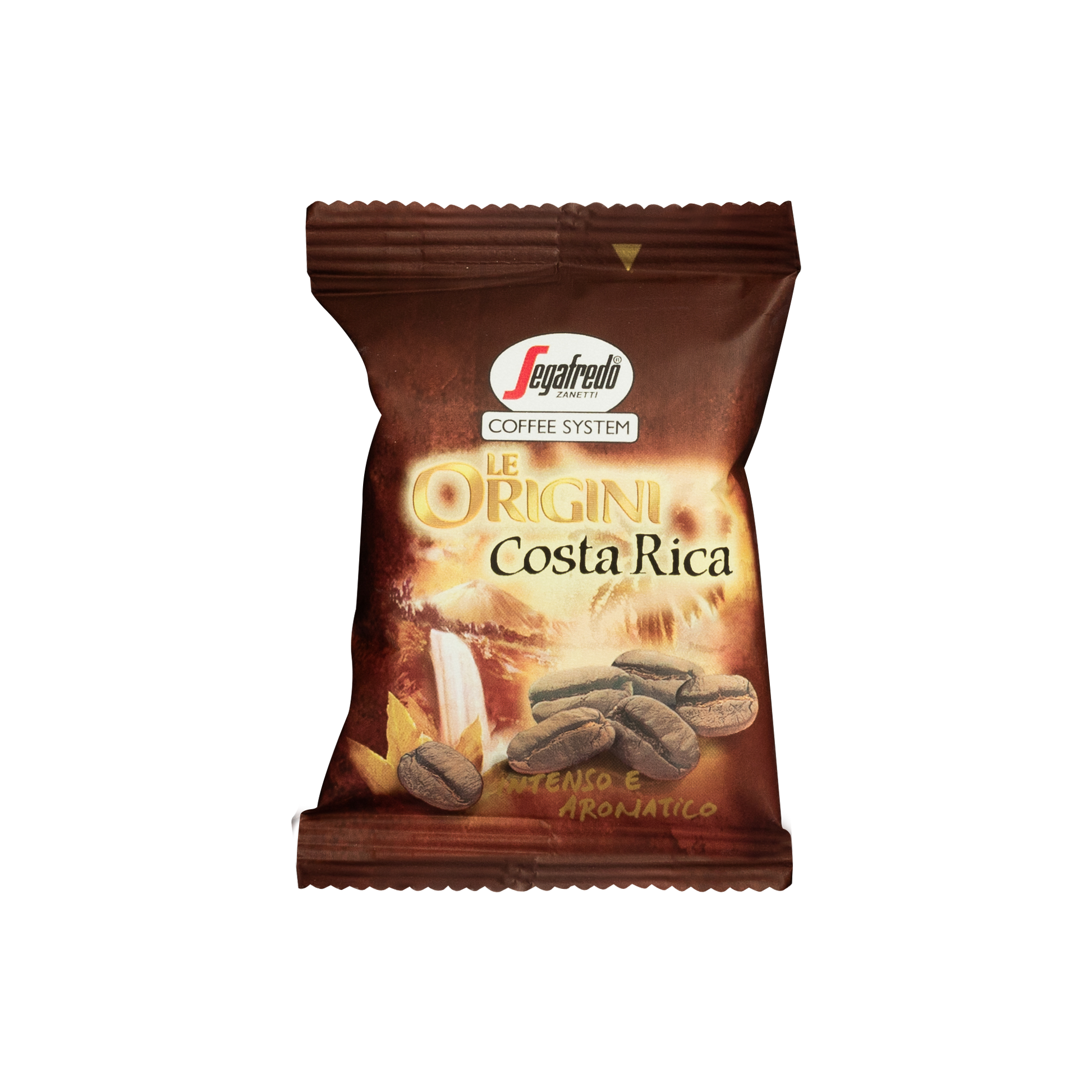Expert Advice to Get the Best Out of SOE Single Origin Espresso
Expert Advice to Get the Best Out of SOE Single Origin Espresso
Blog Article
Coffee Beans 101: Whatever You Required to Know Concerning Espresso and Blended Coffee Beans
When it comes to coffee, recognizing the subtleties of coffee and blended beans can transform your day-to-day cup. From the growing procedure to toasting methods, every action plays a function in your coffee experience.
Recognizing Coffee Beans: Types and Varieties
When diving into the world of coffee, recognizing the types and selections of coffee beans is essential for every fanatic. Arabica beans are known for their smooth, intricate tastes and lower high levels of caffeine material, making them a favorite amongst coffee connoisseurs.
Within these types, you'll find different local varieties, each bringing one-of-a-kind attributes. As an example, Ethiopian Yirgacheffe uses brilliant flower notes, while Colombian beans provide a healthy taste account. As you explore, remember to take note of processing approaches like washed or all-natural, as they can substantially affect the last taste. By acquainting yourself with these beans and their flavors, you'll boost your coffee experience and make more informed selections in your brewing trip.
The Expanding Refine: From Seed to Bean
When you discover the trip of coffee, all of it starts with seed choice techniques that establish the structure for high quality. From there, growing and gathering play vital duties in making certain the beans grow. Processing techniques transform those collected cherries right into the coffee beans you like.
Seed Selection Techniques
Picking the ideal seeds is essential for creating high-grade coffee beans, as it lays the structure for the entire growing procedure. Pay attention to the seed's age and storage problems, as fresh seeds often tend to sprout far better. Take into consideration the disease resistance of various varieties, as this can considerably impact your return.
Cultivation and Harvesting
As you support your coffee seeds into prospering plants, comprehending the farming and harvesting process is vital for achieving the finest taste and quality. Begin by planting your seeds in well-draining soil, ideally in a shaded location to secure them from straight sunshine.
When it comes time to harvest, search for ripe cherries, which commonly turn a lively red. Hand-picking is commonly the ideal approach to assure just the ripest cherries are picked. Timing is important; harvesting also early or also late can influence the taste profile of your beans. Embrace persistence and care, as this is where quality begins.

Handling Approaches Described
Once you've gathered your coffee cherries, the next crucial action is refining them to transform those vibrant fruits right into the beans you'll make. In the completely dry process, you spread the cherries out in the sunlight to completely dry, allowing the fruit to ferment and impart unique flavors to the beans. Understanding these techniques is key to appreciating your coffee experience.
Toasting Techniques: Just How Flavor Is Developed
When it comes to toasting coffee beans, recognizing roast degrees is crucial to exposing their distinct tastes. Each roasting technique influences the scent and improves the taste development process, offering you a richer coffee experience. Let's check out just how these aspects come together to raise your everyday brew.
Roast Levels Clarified
Roast levels play a crucial role in forming the taste profile of your coffee. By recognizing these levels, you can better select a coffee that matches your taste choices. Experiment with various roasts to uncover which one resonates with you, improving your overall coffee experience and satisfaction.
Impact on Fragrance
The roast level not just influences the taste of your coffee however also greatly impacts its aroma. When you choose a light roast, you'll frequently observe intense, flower notes that can make your coffee smell vivid and fresh. As the beans darken, the fragrance shifts; a tool roast highlights a lot more well balanced, caramelized scents, while a dark roast has a tendency to feature vibrant, great smoky undertones. Each roasting method releases different unstable compounds, forming exactly how your coffee smells. Furthermore, the quality of the beans plays an important function; fresh baked coffee launches much more aromatic oils, improving that enticing scent. So, take note of the roast level-- it's key to disclosing the complete fragrant experience of your mixture.
Taste Development Refine
As you discover the taste development procedure, you'll find that roasting methods play an essential duty fit the preference account of your coffee. The toasting temperature level and time directly affect the level of acidity, sweet taste, and resentment of the beans. Light roasts keep more of the bean's initial tastes, highlighting fruity and floral notes. Tool roasts balance level of acidity and body, providing a well-rounded taste. Dark roasts, on the other i was reading this hand, bring out strong, smoky characteristics while diminishing the bean's intrinsic high qualities. During toasting, chain reactions, like the Maillard response and caramelization, transform the beans and enhance their intricacy. Trying out different roasting degrees can assist you locate your best brew, so don't think twice to taste and uncover the abundant spectrum of tastes!
Espresso vs. Blended Coffee: Key Distinctions
Espresso and mixed coffee each deal one-of-a-kind experiences that deal with various preferences and preferences. Coffee is a concentrated coffee made forcibly warm water through finely-ground coffee beans, resulting in an abundant, bold flavor and a velvety layer of crema on the top. It's typically appreciated as a shot or made use of as a base for beverages like cappucinos and cappuccinos.
On the various other hand, blended coffee combines numerous beans from various regions, creating a much more balanced flavor account. You'll typically locate blends that highlight sweetness, acidity, or body, making them functional for various brewing techniques. While coffee concentrates on intensity, mixed coffee may provide a more comprehensive series of flavors that can change with each sip.
Ultimately, your choice in between coffee and blended coffee come down to your individual preference. Whether you yearn for a leisurely mug or a fast shock, both choices have something scrumptious to provide.

Brewing Techniques: Opening the Perfect Cup
When it concerns developing coffee, finding the right approach can transform your experience and raise your cup. Each brewing technique has its one-of-a-kind beauty and can greatly influence your coffee's flavor and scent. For example, utilizing a French press enables you to appreciate a abundant and full-bodied brew, while a pour-over technique gives a tidy, brilliant mug with distinct tastes.
If you like coffee, buying a high quality equipment can aid you grasp the art of drawing shots. Alternatively, for ease, a single-serve hull system uses speed without compromising preference.
Do not ignore cold brew, which provides a smooth, much less acidic coffee suitable for warm days. Experiment with different approaches to discover what resonates with your taste buds. Each developing strategy opens up a new world great post to read of possibilities, so put in the time to check out and find your ideal cup. Pleased developing!
Sampling Notes: Recognizing Flavor Profiles
Exactly how can you genuinely appreciate your coffee if you do not know what tastes to look for? Sampling notes are your overview to understanding the complex globe of coffee. Some coffees may leave a chocolatey or sugar aftertaste, while others may have a bright, clean coating.
Think about the body of the coffee, also; is it light and airy or thick and syrupy? Do not neglect level of acidity; a bright level of acidity can include spiritedness, while a reduced acidity may provide a smoother experience. By determining these flavor profiles, you'll grow your link with each cup, making coffee tasting a delightful journey of exploration.

Tips for Choose and Keeping Coffee Beans
Saving and picking coffee beans properly can considerably boost your brewing experience. Begin by selecting high-grade beans that suit your preference. Search for freshness; beans baked within the last 2 weeks are ideal. Inspect the roast day on the packaging, and purchase from reliable roasters or regional shops.
As soon as you have your beans, keep them in an airtight container to stop direct exposure to light, moisture, and air. A dark, amazing location functions best, so prevent keeping them in the refrigerator or freezer, as this can present moisture. Just grind the amount you require to maintain quality; whole beans maintain flavor longer than pre-ground coffee.
Lastly, attempt to utilize your beans within two to 4 weeks after opening for peak preference. Complying with these pointers will guarantee your coffee remains tasty and enjoyable, boosting your daily mixture to new elevations.
Often Asked Questions
For How Long Do Coffee Beans Remain Fresh After Toasting?
Coffee beans remain fresh for about 2 weeks after toasting - SOE. You must store them in an airtight container, far from light and wetness. Afterwards, their taste and scent start to lessen significantly

Can I Mix Different Coffee Bean Varieties?
Absolutely, you can mix different coffee bean selections! Trying out blends can enhance tastes and create an unique taste profile. Simply see to it to stabilize the toughness and features of each variety for the very best outcomes.
What Is the Perfect Work Dimension for Coffee?
For espresso, you'll desire a great grind dimension, about the texture of salt. This permits suitable extraction, leading to a rich, delicious shot. Experiment a little bit to locate what matches your preference best!
Just How Does Elevation Affect Coffee Bean Flavor?
Altitude impacts coffee bean flavor by influencing the development price and chemical make-up. Greater altitudes cause slower growth, which enhances acidity and complexity, offering your coffee a vibrant and distinct preference you won't neglect.
Exist Decaffeinated Variations of Coffee Beans?
Yes, there are decaffeinated versions of coffee beans. You can appreciate a rich coffee flavor without the high levels of caffeine kick. Just try to find "decaf" blends at your local coffee shop or specialty store.
Coffee Beans 101: Everything You Required to Know Concerning Coffee and Blended Coffee Beans.
When diving right into the globe of coffee, recognizing the types and ranges of coffee beans is necessary for every visit the site fanatic.When it comes to roasting coffee beans, understanding roast levels is vital to revealing their distinct tastes. Coffee is a concentrated coffee brewed by requiring hot water via finely-ground coffee beans, resulting in an abundant, vibrant taste and a luscious layer of crema on top.On the other hand, combined coffee combines different beans from various areas, producing a much more well balanced taste profile.
Report this page